Gruff Rhys
Minoritenplatz, Volksgarten, 2011
On the first sunny days in early spring people are longing for this wee bit of sun and try not to bother too much about the wind that is freshening up at this time of the year. The same holds true, when we meet Cardiff-based Gruff Rhys on the morning after his Vienna show. We have had enough of winterly indoor shootings and thus are happy to work with a Welsh man, who won’t be fussy about the windy weather. Gruff is forearmed with a life vest for the performance of the haunting “Shark Ridden Waters” in the historic inner city. On our following sightseeing stroll we chat with him about bands from Cardiff. The artist, who became with his involvement in several bands (including the Super Furry Animals and Neon Neon) one of the major figures in the Welsh music scene, seems like the perfect person for this. After Gruff has striked up the bittersweet “If We Were Words (We Would Rhyme)” in the sculpturesque setting of rose trees shrouded in their winter coats, we head for a café, where he keeps writing down band names so that we can take an inspiring dive into the Welsh music scene.
- Camera
- Sarah Brugner
- Sound Recording
- Michael Luger
- Post production
- Sarah Brugner
- Photography
- Simon Brugner
- Artist
- Gruff Rhys

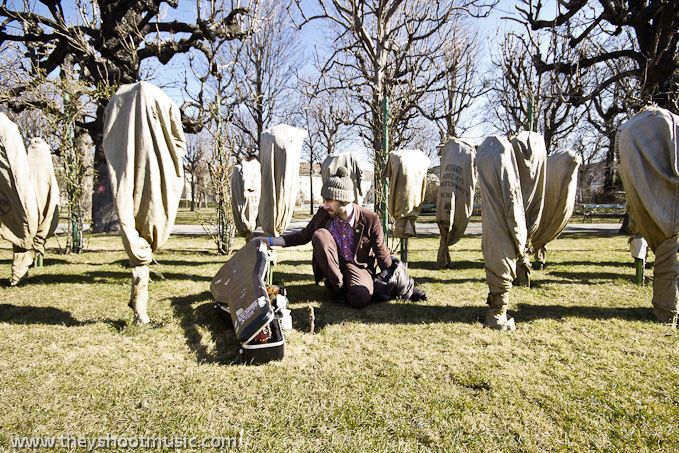
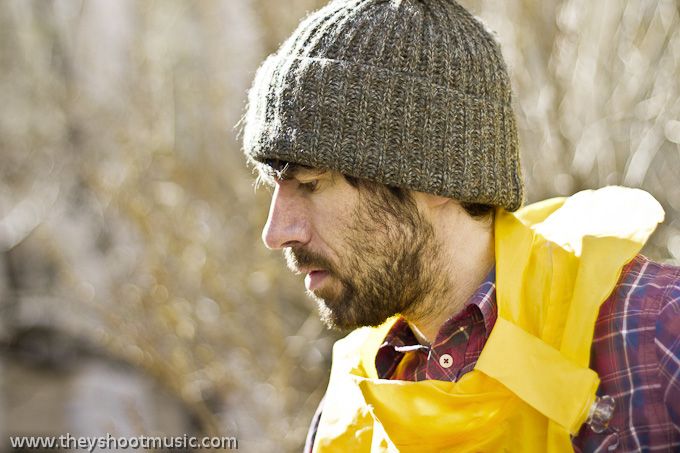
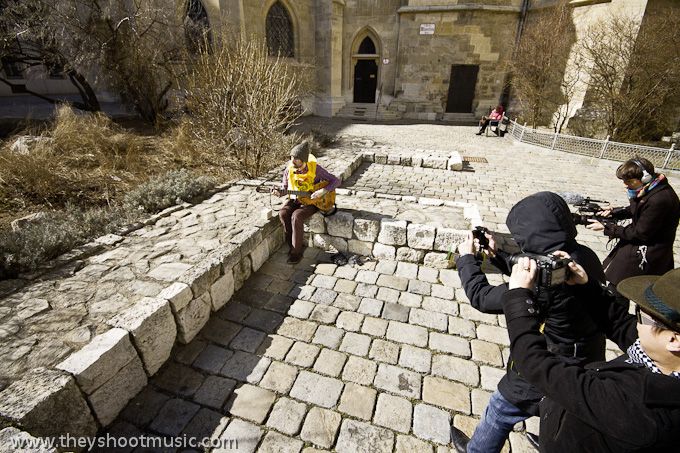
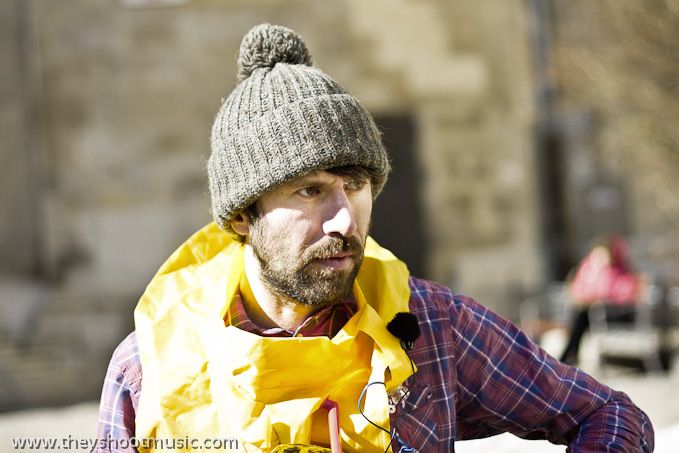
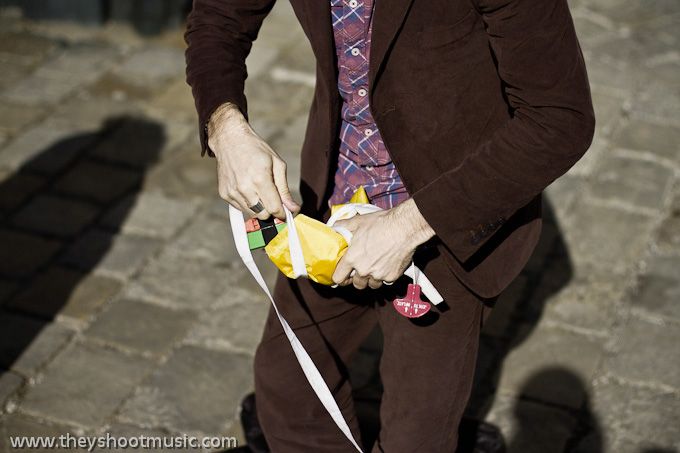
Minoritenplatz
This is not the kind of square where people meet and hang out together. Flaneurs (who seek a less crowded route through the inner city), tourists (who got a bit off the track) and politicians (who head from or to one of the offices of the Federal Government) are all passing by here. The Office of the Federal Chancellor, the Ministry for Foreign Affairs and the Ministry for Internal Affairs as well as the Ministry of Education are all located around Minoritenplatz, yet the building that really gives the square its distinctive flair is Minoritenkirche, one of the oldest churches in Vienna. The foundation was laid in 1275 and the church was then ministered by the religious order of the Minorites (so much to the origin of its name). The church is impressive in its plainness (especially as it is an exception among the pompous Karlskirche, the towering Stephanskirche or the historicist ecclesiastical buildings in Vienna) and the expansive cobblestone pavement puts some extra charm to this square. So when passing by here, you should take your time to enjoy this setting. Anywhere else in the city you will hardly find such inviting walls of undressed stone to rest on!
Volksgarten
Connecting Heldenplatz with Burgtheater, facing the Parliament, the Rathauspark and the Natural History Museum on the one side and Ballhausplatz on the other, this first-district park will unavoidably lie on your sightseeing-track. Tourists that want to see it all can continue their attentive stroll in the neat Volksgarten, watching out for the Theseus temple, the monument for Empress Elisabeth of Austria-Hungary (well-known as “Sissi”) and for the playwright Franz Grillparzer, the Volksgartenpavillon (café and club) and its fountain and rosegarden. On warm and sunny days they might otherwise join the more laid-back people (not least students from the nearby University) chatting, reading, sunbathing on the lawn (as long as the city won’t introduce the Victorian “Keep off the grass!” again). The well-attended garden along the Ringstraße, constructed over the former city fortifications destroyed by Napoleon’s troops, opened its doors to the public in 1820.